Over 200 years since Benjamin Franklin discovered electricity, our lives are now dominated by electronic devices. Just about every moment of every day we are within arm’s length of some kind of electronic device.Given that we are surrounded by electronic devices, you probably never think twice about using one. One thing you may have never considered, though, is the fact that most of this commonly used everyday electrical equipment poses a potential threat of explosion every time you use it. Take a flashlight for example. Although you may not realize it, when you switch on a regular flashlight, there is a small momentary flash that could spark an ignition. Even using your mobile phone poses a risk. Why is this important to consider? Well, because it could mean sayonara for you unless you are using the right equipment.
Having said that, don’t worry, your life is highly unlikely to be in danger the next time you turn on a flashlight or use your cell phone. However, it is important to consider if you work or spend a lot of time in explosive atmospheres, such as petrol stations, certain types of factories or repair shops, whether properly engineered electrical equipment is needed to reduce the inherent risk of ignition present in those types of areas. In fact, ATEX certified equipment may be your best bet.Having read all that, your next question would likely be, what is ATEX equipment? In this post, we’ll take a deep dive into the ATEX directive to answer some common questions about what it is, what it regulates, why and where, among many other things.
What is ATEX?
First of all, what is ATEX? ATEX is an EU directive that describes what equipment and workspace is allowed in an environment with a potentially explosive atmosphere.
What is a potentially explosive atmosphere?
A potentially explosive atmosphere exists when a mixture of air gases, vapours, mists, or dusts combine in a way that can ignite under certain operating conditions.
Where do explosive atmospheres exist?
Now that we’ve defined what ATEX and explosive atmospheres are you might be asking yourself, where do these explosive atmospheres exist?
Some of the more obvious industries and workplaces where explosive atmospheres exist are oil, gas & petrochemical industries, fire & recuse industries, petrol stations, power plants and chemical production facilities.
They can also occur in some areas and industries you might not be aware of such as pharmaceutical companies, sugar factories, aircraft inspection/aviation, municipal drainage operations, production of paint and varnish facilities, production on chemical sites, industrial bakeries, repair shops, tank and automotive inspection, tenside and solvent factories.
This is by no means an exhaustive list, but it gives you a pretty good idea of where these hazardous areas occur.
What does ATEX stand for?
ATEX actually takes its name from the last two words of the French title of the ATEX directive: Appareils destinés à être utilisés en ATmosphères Explosives or “devices intended to be used in EXplosive ATmospheres” in English.
What exactly is the ATEX directive and why is it required?
ATEX Directive 1994/9/EC actually consists of two different directives, one for manufacturers and the second for employers. It originally became mandatory for both on 1 July 2003. The directive for manufacturers has since been updated and the new Directive, 2014/34/EU, was released on 26 February 2014 and has been applicable since 20 April 2016.
As stated previously, the ATEX Directive does two things: The first being that it mandates manufacturers to supply properly certified electrical equipment to end users that will be working in potentially explosive areas. Secondly, from the workers’ side, there is another ATEX Directive (1999/92/EC) that sets out the requirements for employers who have workers that are potentially at risk from explosive atmospheres and regulates improving the safety and health protection of said workers. Both directives are mandatory in the EU.
Where does ATEX apply?
The ATEX directive applies within the European Union. As with all EU directives, they become law when individual countries adopt them. Although, the directive is only applicable in the EU, the ATEX standard is quickly becoming one of the foremost worldwide standards for production of devices intended to be used in explosive atmospheres. And it may be only a matter of time before ATEX is mandatory around the globe.
What are ATEX Zones?
According to the ATEX Directive there are different areas within explosive atmospheres that need to be classified according to the potential hazardous risk that each area presents, and only appropriate certified equipment can be used in each area. These different areas are divided into three classifications, also known as zones. For explosive atmospheres from gases and vapours, these zones would be Zone 2, Zone 1, and Zone 0. For explosive atmospheres from dust, the zones are Zone 22, Zone 21, and Zone 20. Each zone classification depends on the level of risk with Zone (2)2 being the least risky and Zone (2)0 being the most. With the ATEX Directive, all electrical equipment is classified according to these zones and thus certifies in which areas it can be safely used. More on the how to determine ATEX zones follows.
How to determine ATEX zones
The ATEX directive covers explosive atmospheres from gases and vapours as well as solid dust, which contrary to what you might think, can also lead to explosions.
ATEX zones for gases/vapours:
- Zone 0 – A place in which an explosive atmosphere consisting of a mixture with air of dangerous substances in the form of gas, vapour or mist is present continuously or for long periods or frequently.
- Zone 1 – A place in which an explosive atmosphere consisting of a mixture with air of dangerous substances in the form of gas, vapour or mist is likely to occur in normal operation occasionally.
- Zone 2 – A place in which an explosive atmosphere consisting of a mixture with air of dangerous substances in the form of gas, vapour or mist is not likely to occur in normal operation but, if it does occur, will persist for a short period only.
ATEX zones for dust:
- Zone 20 – A place in which an explosive atmosphere in the form of a cloud of combustible dust in air is present continuously, or for long periods or frequently.
- Zone 21 – A place in which an explosive atmosphere in the form of a cloud of combustible dust in air is likely to occur in normal operation occasionally.
- Zone 22 – A place in which an explosive atmosphere in the form of a cloud of combustible dust in air is not likely to occur in normal operation but, if it does occur, will persist for a short period only.
The table below puts it into a smaller more digestible format.
| Category 1 | Category 2 | Category 3 | |
| Level of protection | Very High | High | Normal |
| Danger by gas, vapour, mist or air/dust mixtures | Long periods or frequently | Likely to occur | Unlikely to occur, and if they do occur, only infrequently and for a short period |
| Required protection | 2 independent means / Or assured for 2 faults occuring independently | Even in the event of frequently occuring disturbances of fault | Only during normal operation |
| Usage (Gas) | Gas: Zone 0, 1 & 2 | Gas: Zone 1 & 2 | Gas: Zone 2 |
| Usage (Dust) | Dust: Zone 20, 21 & 22 | Dust: Zone 21 & 22 | Dust: zone 22 |
How to read ATEX markings
Reading ATEX markings can be quite tricky. To learn how to read them, we can use the ATEX markings for the Peli 3315Z0 Flashlight as an example.

A. CE mark (ATEX marking) and the ATEX logo
B. The first line is the Ex marketing for explosive gas atmospheres
C. The second line is the Ex marking for explosive dust atmospheres
D. The last line is the EC/EU type examination number
Use the tables below to understand how the marking system actually works and compare it to the Equipment Marking for the Peli 3315Z0 Flashlight above.
| ATEX Marking for Gas & Vapor | ||
| I | Equipment Group | Approved for mining |
| II | No mining | |
| 1G | Equipment Category and Environment | Category 1, use in Zone 0/1/2 |
| 2G | Category 2, use in Zone 1/2 | |
| 3G | Category 3, use in Zone 2 | |
| Ex | Specific Marking | Explosion protection |
| ia/ib/ic | Type of protection | Intrinisic safety level of the device in Zone 0/1/2 |
| IIA | * Gas Group | i.e. Propane |
| IIB | i.e. Ethylene | |
| IIC | i.e. Hydrogen | |
| T1/T2/T3 | * Temperature Class | Maximum surface temperature of 450°C/300°C/200°C |
| T4/T5/T6 | Maximum surface temperature of 135°C/100°C/85°C | |
| Ga/Gb/Gc | Equipment Protection Level | High, safe with 2 faults/high, safe with 1 fault |
| ATEX Marking for Dust | ||
| I | Equipment Group | Approved for mining |
| II | No mining | |
| 1G | Equipment Category and Environment | Category 1, use in Zone 0/1/2 |
| 2G | Category 2, use in Zone 1/2 | |
| 3G | Category 3, use in Zone 2 | |
| Ex | Specific Marking | Explosion protection |
| ia/ib/ic | Type of protection | Intrinisic safety level of the device in Zone 0/1/2 |
| IIA | * Dust Group | i.e. Flammable Fibres |
| IIB | i.e. Non conductive dust | |
| IIC | i.e. Conductive dust | |
| T | * Temperature Class | Maximum surface temperature level is to be indicated |
| Da/Db/Dc | Equipment Protection Level | High, safe with 2 faults/high, safe with 1 fault |
PELI Products: Experts In ATEX Lighting
Since 1976 Peli Products has manufactured ADVANCED LIGHTING SYSTEMS with the highest Safety Certifications. Constantly innovating and always exceeding expectations, Peli is engineered for life.
Peli Products makes sure to comply 100% with all regulations and standards, even though this sometimes means higher investment in R&D or that it may lead to longer times until products can be released. Peli torches are built with the highest quality materials and to comply with the latest ATEX Directive (2014/34/EU), anti-static material is used when maximum allowed surface area is exceeded.
If you’d like to have all of this information on one handy page, have a look at our full catalogue of ATEX lights.
That’s it for our guide on ATEX. Keep on the look out for new posts from us here at Peli as well as a follow up on this article detailing what you should consider when making a purchase of an ATEX light.





.png)

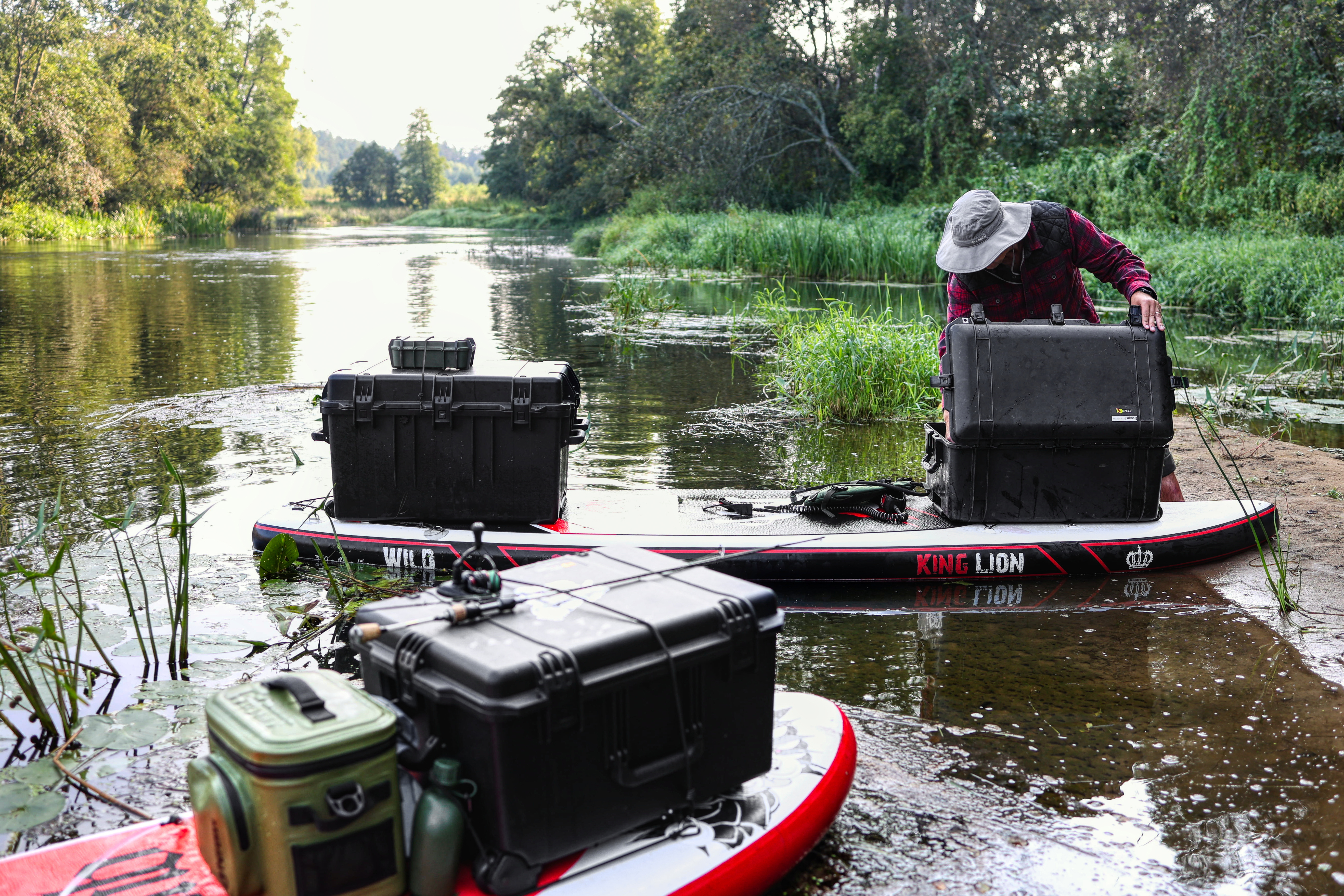



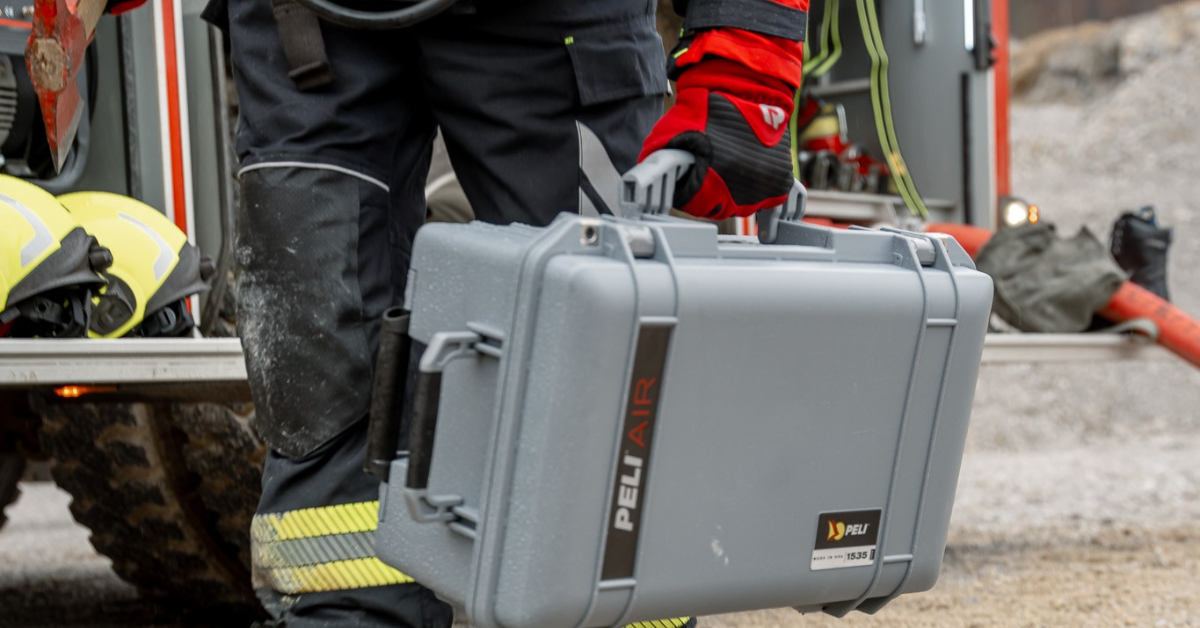
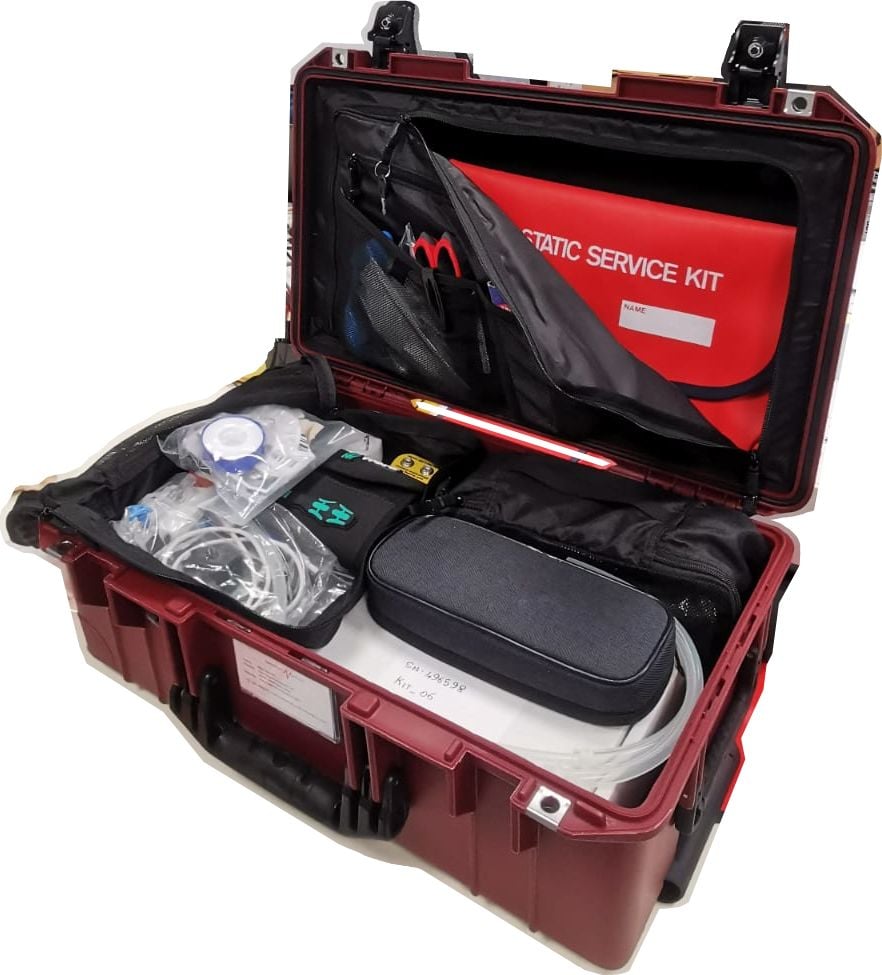

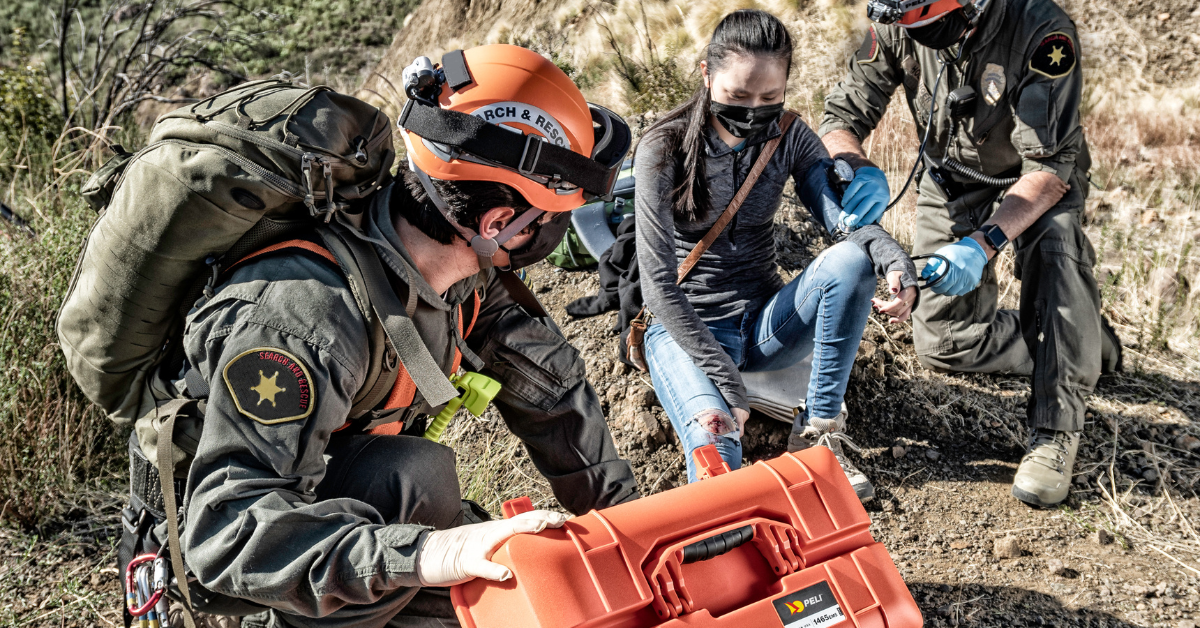
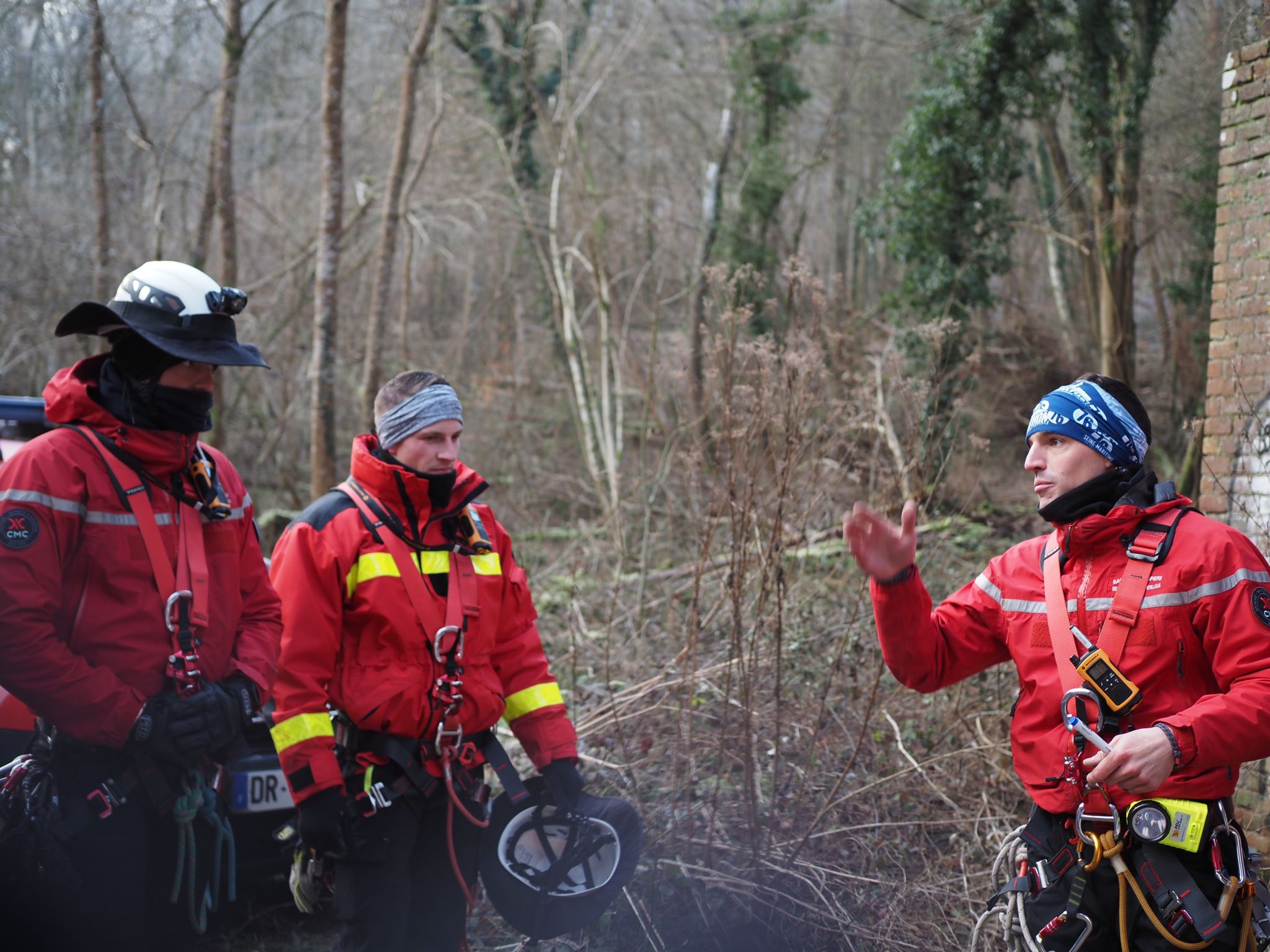
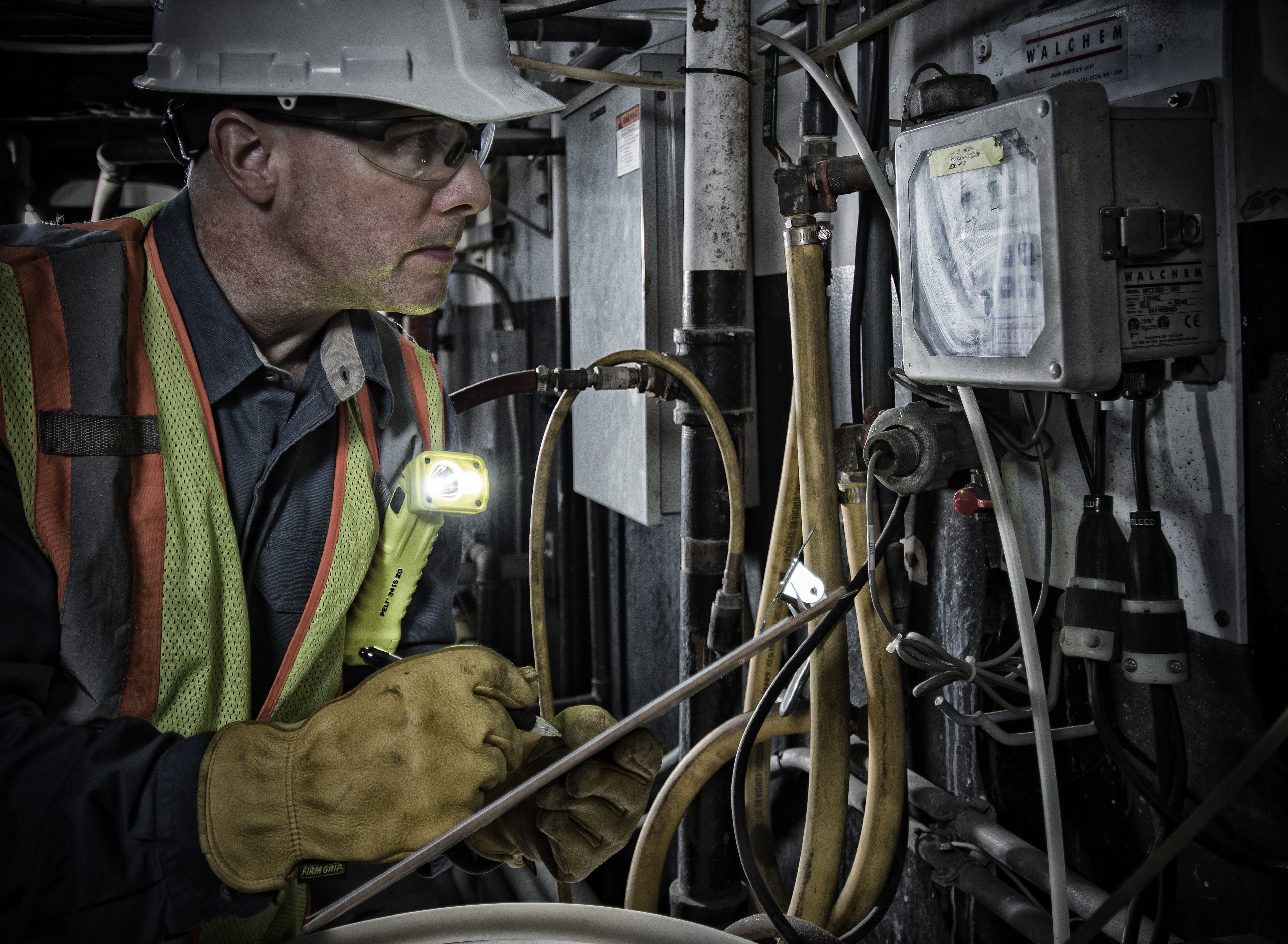
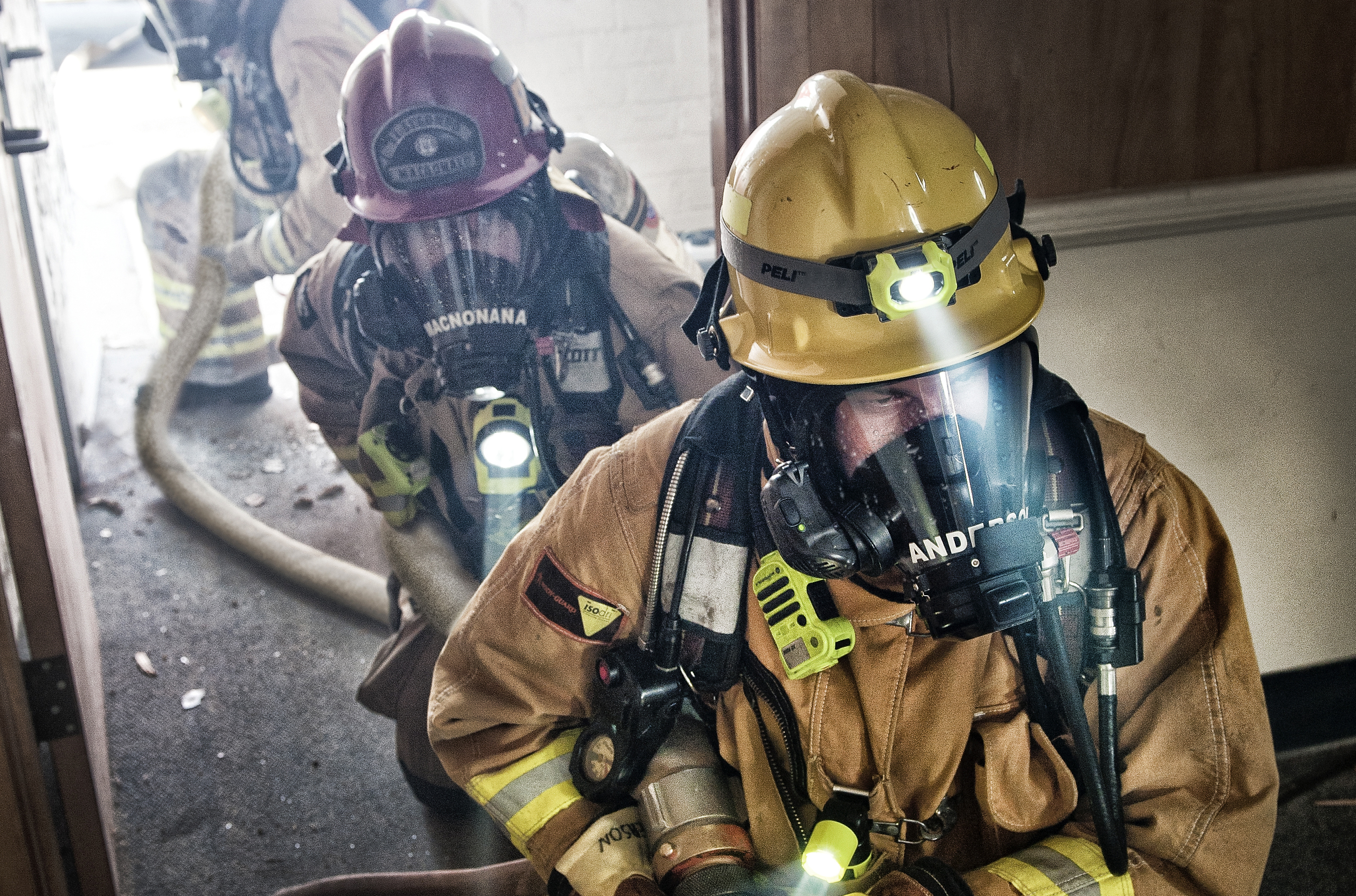



Post a comment